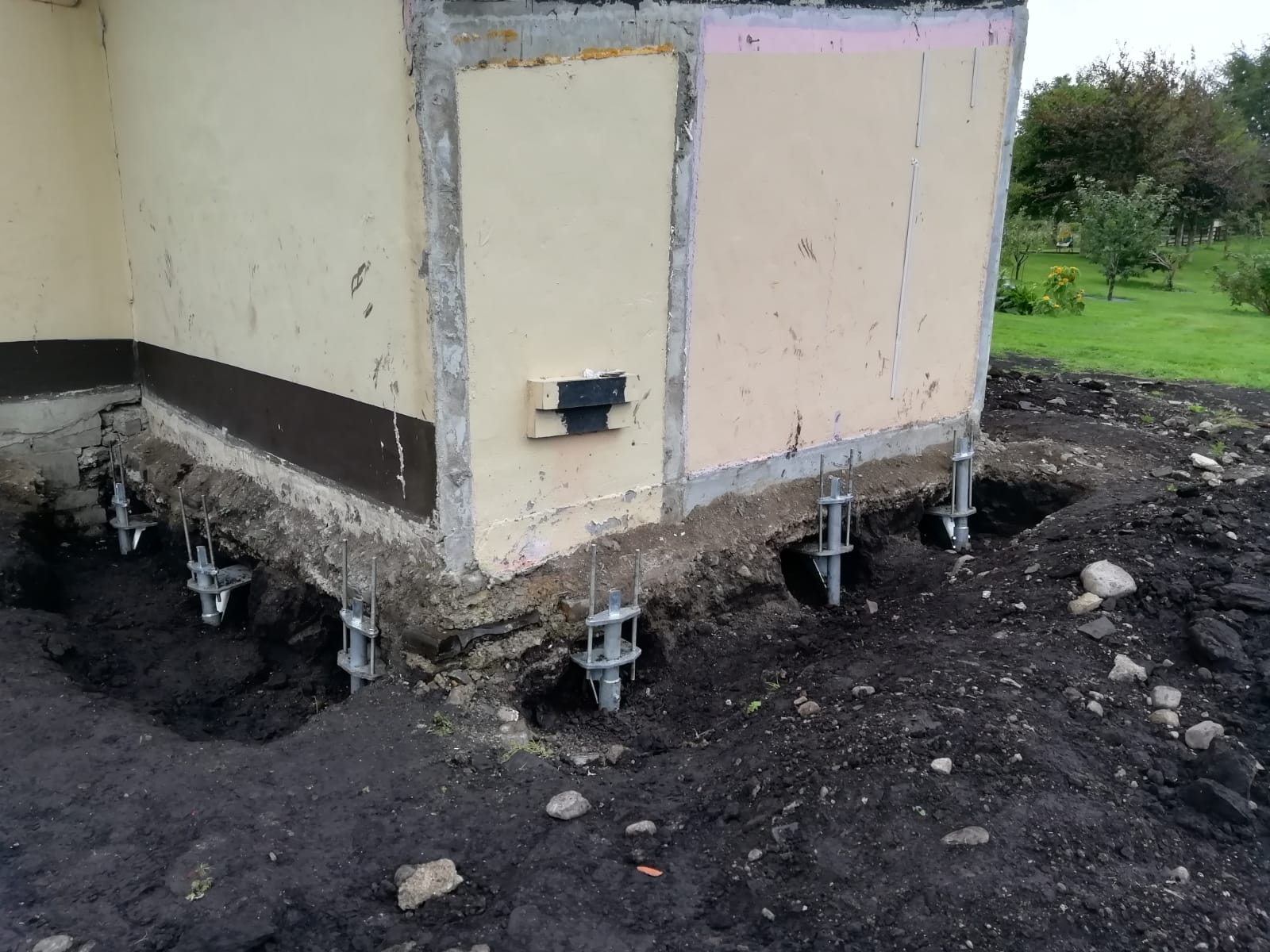There are many types of foundations. The simplest and cheapest foundation is the shallow.
These foundations are typically used for buildings up to five stories high, on shallow soil. These
foundations are best suited for buildings with low weights. They also require less equipment,
materials, and labor to build. They may not always be required, depending on the building. You
can find more information about foundation types here. Know more about Underpinning Melbourne.
Although pier foundations are more durable, stem-wall slabs are less durable than pier ones.
However, they require more structural engineering. These foundations are built on soil with a
high degree of plasticity, and will not be an option for most homeowners. Concrete pier foundations are a good choice if your building is very large. This foundation is ideal for single- wide manufactured houses. Concrete piers can also be used to build single- or double-wide manufactured home. In isolated footings, each footing is constructed individually, connected by a strap beam. This connection allows the exterior to support the inner footing.
Mat foundations and rafter foundations may be used when other types of foundations fail. These foundations should be used when soil is unstable or the structure is susceptible to seismic activity. These foundations reduce the effects of different settlements on a structure. They can also be used to support high-
rise structures because they are more sturdy than other types.
The location and building materials can make shallow or deep foundations. Shallow foundations
can be slender and shallow. To withstand the heavy loads of high-rise structures, foundations
must be deep. High-rise structures need deep foundations because of the compacted ground at
greater depths. Low-rise buildings use shallow foundations. There are several types of
foundations, including pad footings and slabs.
Crawl space foundations also are common. Crawl spaces foundations are typically 1 to 3-feet
above the ground. This allows homeowners the freedom to crawl through the foundations
without ever entering the house. Although crawl spaces cannot be livable, utilities and storage
can be done in them. Remember, the moisture from the damp ground can damage your
property. If you store cardboard boxes or other organic items in your crawl space, ensure that
they are stored in an airtight container.
Home foundations are vital to the stability and security of your home. They prevent the house
sinking into the ground and prevent water from rising from it. Proper foundations keep
groundwater levels down, which prevents flooding. However, not all foundations are created
equal. Your house’s foundation must be well-designed and built to adapt to its climate and local
conditions. A foundation that meets these requirements will serve its purpose, but the best
option for your home depends on your individual circumstances.
A pier foundation can also be used as a foundation. This foundation anchors a home above
shifting soil. It is most commonly used in areas with hurricane or major flooding. A pier
foundation is typically shallower than piles, and its a better option for homes in high-risk areas
where soil is unstable. Pier foundations are becoming more popular in tight spaces despite their
relatively shallow depth.
